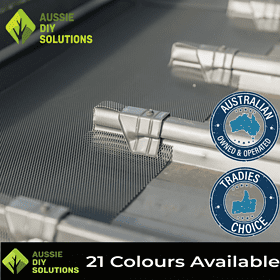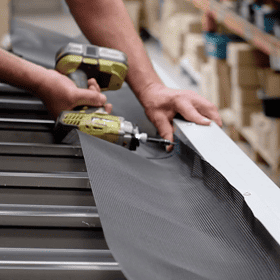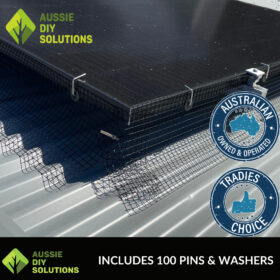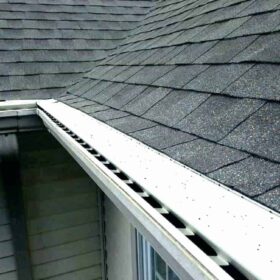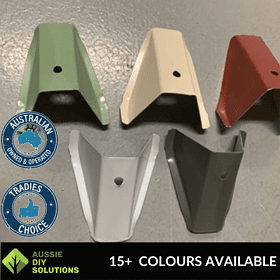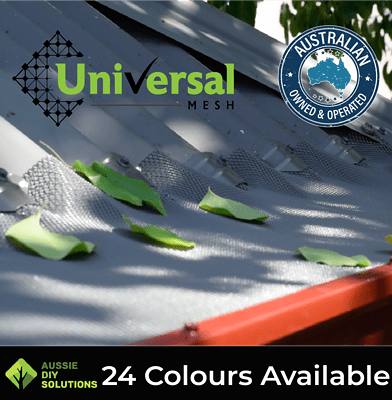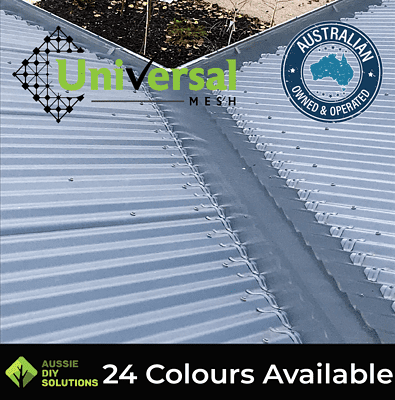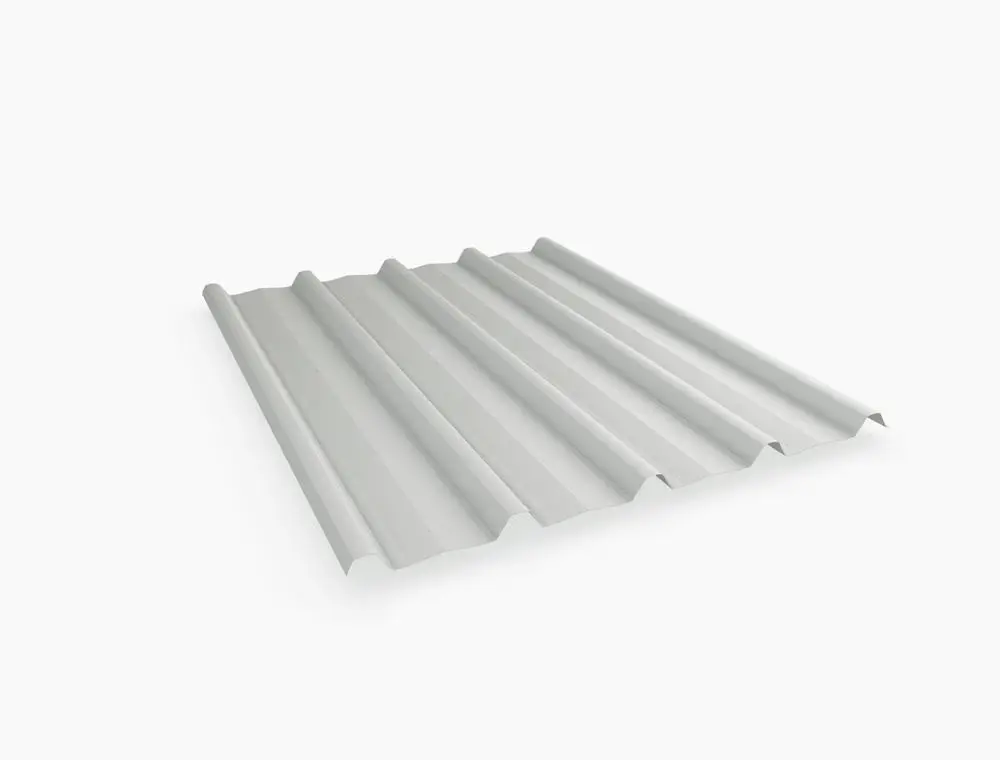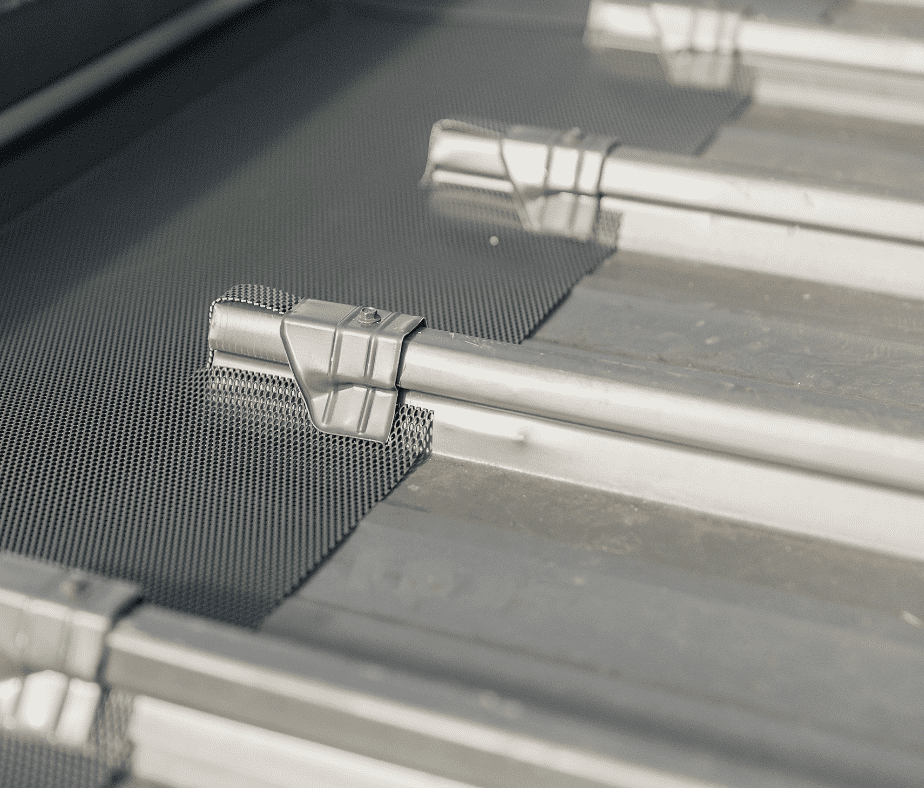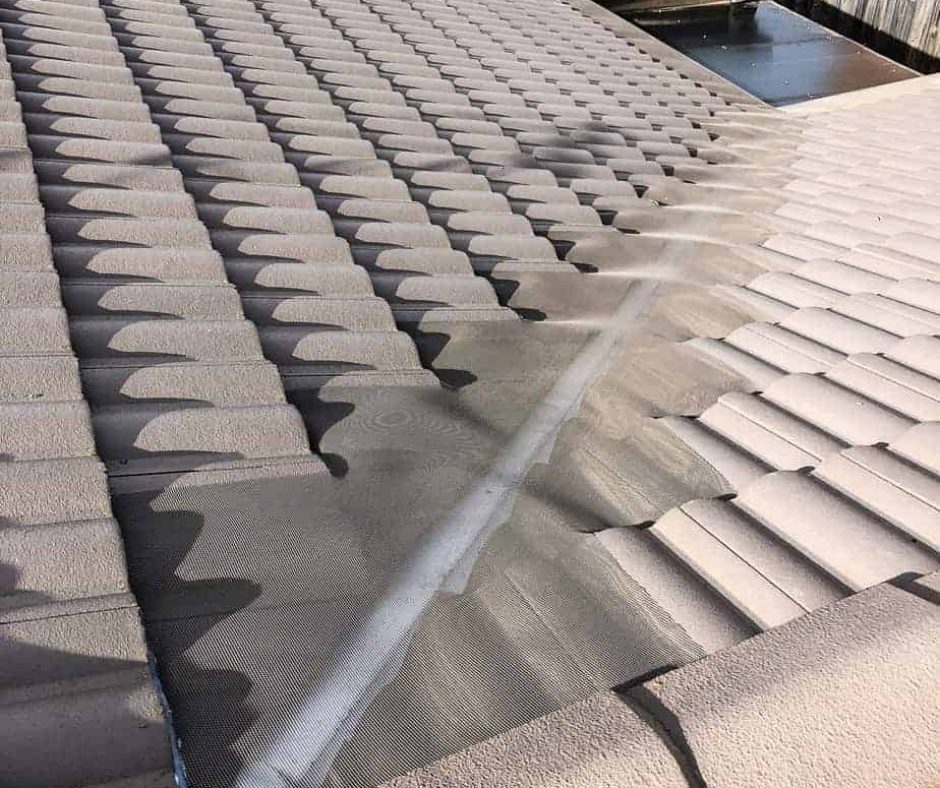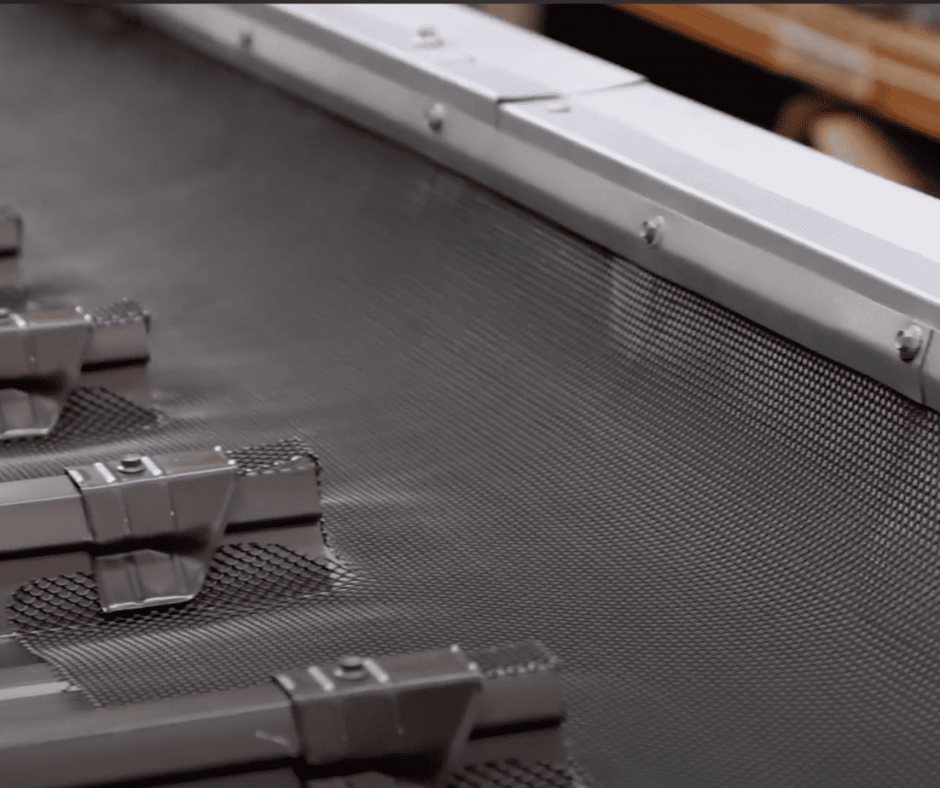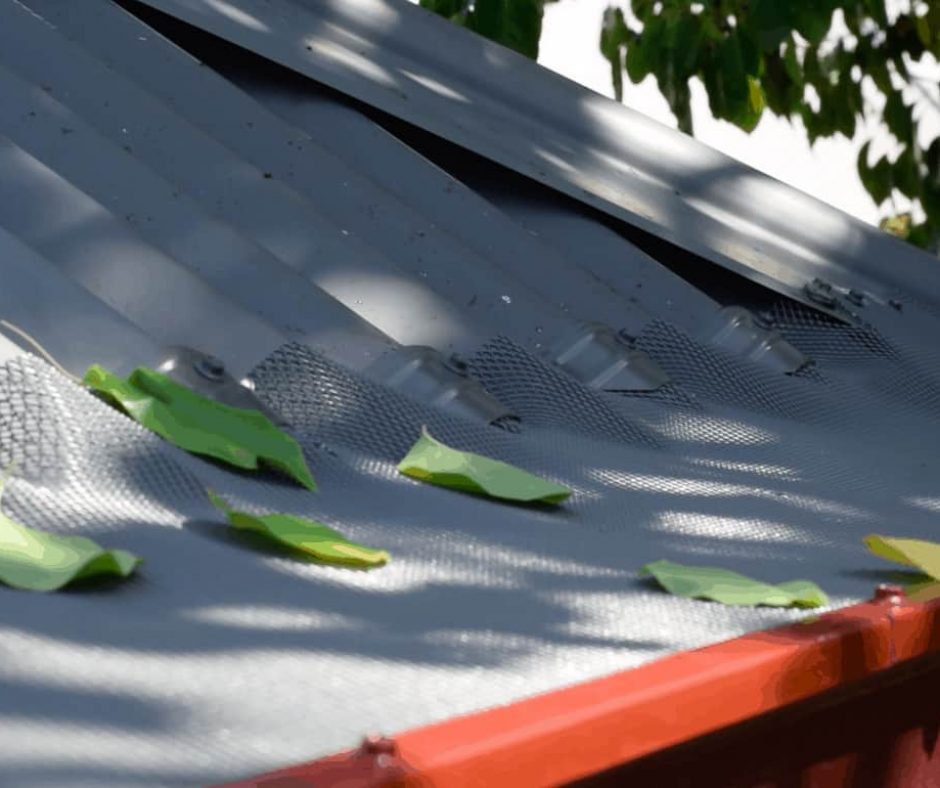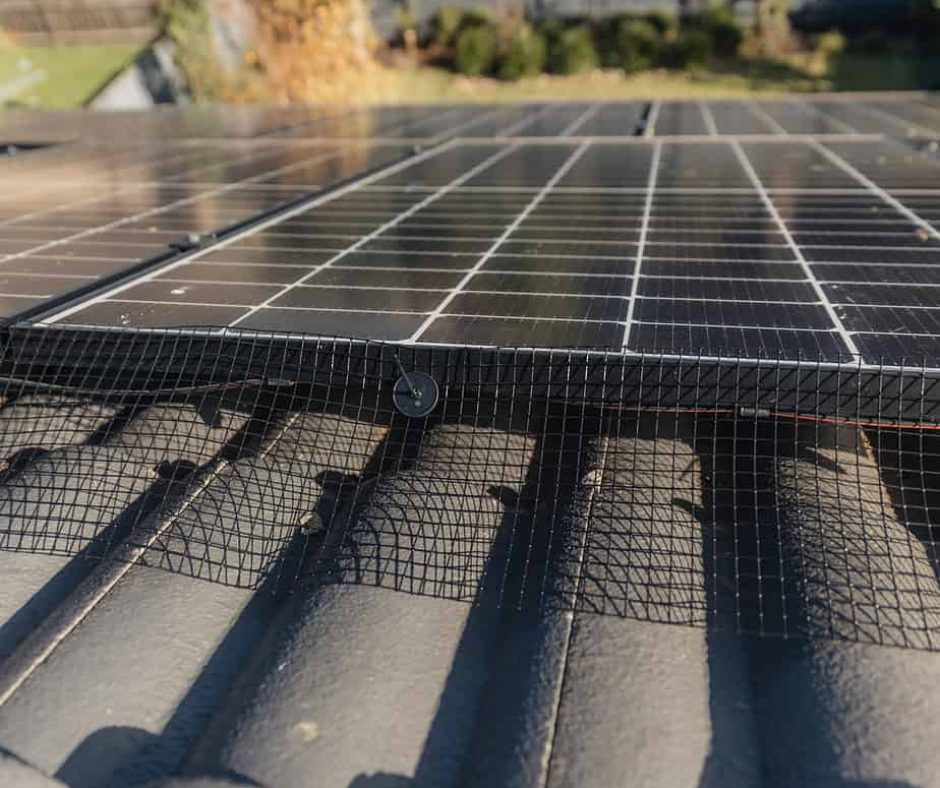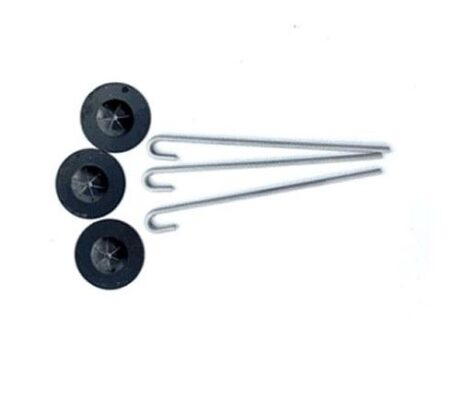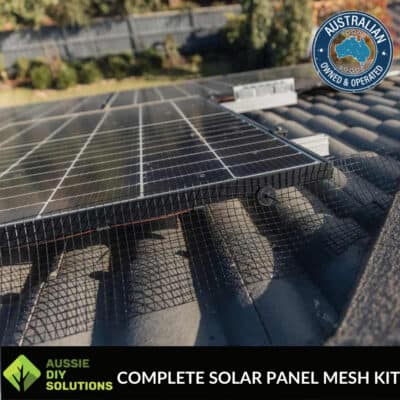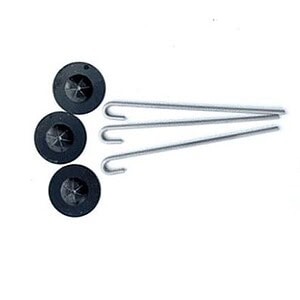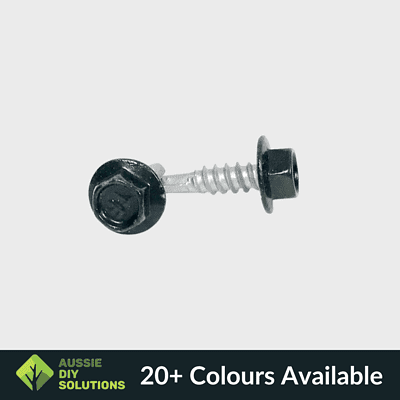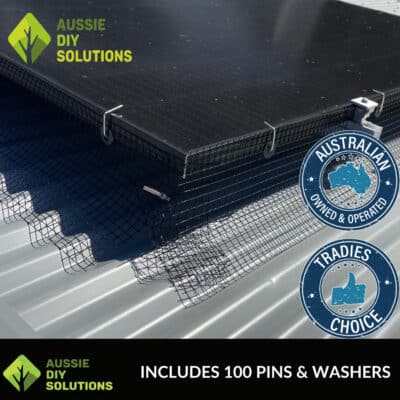Installing gutter guards on a tiled roof isn’t just about attaching mesh and trims—it’s a physical task that involves manual handling, working at heights, and managing awkward postures. Whether you’re a DIYer or a professional installer, understanding the right tools, techniques, and safety procedures is key to reducing the risk of injury and ensuring a smooth installation. For any business, implementing effective manual handling techniques can enhance operational efficiency and ensure compliance with safety regulations.
In this guide, we break down the essential tools, manual handling risks, and how to safely install gutter guards on a tiled roof, particularly for homes across Australia where debris, water damage, and bushfire protection are major concerns.
Introduction to Gutter Guards
Gutter guards are an essential component of a gutter system, designed to prevent leaves and debris from clogging up gutters and causing water damage to a tiled roof. By installing gutter guards, homeowners can minimize the risk of water damage and reduce ongoing maintenance costs. Gutter guards also keep out unwanted pests and vermin, providing a reliable barrier for the roof space. With various Colorbond colors available, gutter guards can be matched to tiled roofs, ensuring a seamless and aesthetically pleasing installation. Proper installation and maintenance of gutter guards are crucial to ensure their effectiveness and longevity.
Why Gutter Guard Installation on Tiled Roofs Requires Caution
Tiled roofs pose specific challenges:
Uneven walking surfaces and fragile tiles can cause slips or breakage.
The second row of tiles needs lifting to secure the mesh underneath.
Installers often work near the roof edge, increasing the fall risk.
Pair that with repetitive tasks like bending, lifting, and screwing in awkward positions, and you’ve got a recipe for manual handling injuries if the right techniques and tools aren’t used. Proper assessment and control measures are essential to maintain stability and safety while handling loads.
Common Manual Handling Risks in Tile-Roof Installations
1. Awkward Postures
Working on a sloped surface with arms above shoulder height, especially when lifting roof tiles or securing gutter trims, increases strain on the neck, back, and shoulders, impacting workers’ health by elevating the risk of musculoskeletal disorders.
2. Repetitive Movements
Tasks like cutting mesh, screwing trims, or repositioning tiles can lead to chronic pain and conditions like carpal tunnel syndrome. These musculoskeletal disorders can happen either slowly due to repetitive movements and static positions or suddenly through strenuous activities and unexpected movements.
3. Carrying Heavy Loads
Handling long rolls of mesh or carrying gutter guard kits up ladders poses a risk of musculoskeletal disorders if not managed correctly. Proper manual handling techniques are essential to safely lift, move, and carry these items, reducing the likelihood of injuries and operational disruptions.
4. Lifting & Reaching
Lifting tiles from awkward angles or reaching across wide gutters without support can stress your lower back and shoulder joints. When handling loads, ensure the heaviest side is positioned against your body to enhance manoeuvrability and minimize the risk of injury.
⚠️ Pro Tip: Always keep the load close to your body, maintain a stable posture, and avoid twisting—especially when working on roofs.
Essential Tools for Tiled Roof Gutter Guard Installation
Here’s what you’ll need for a safe and successful job:
1. Cordless Drill & Hex Driver
Used to secure gutter trims and fasten mesh. Go for a lightweight model with adjustable torque settings.
2. Tin Snips or Mesh Cutters
For cutting aluminium or ember mesh cleanly without fraying.
3. Gutter Guard Kit
Includes mesh, trims, screws, and clips—like the tile roof kits from Aussie DIY Solutions designed specifically for tiled roof profiles. For corrugated roof profiles, check the array of DIY gutter guard kits on their website. These kits also feature a leaf guard to prevent debris such as leaves from clogging gutters, which can lead to water damage and increased maintenance costs.
4. Gutter Cleaning Tools
Before installation, clear the gutters with:
Gutter scoop or brush
Garden hose or pressure sprayer
Bucket or bag for collecting debris
5. Safety Equipment
Safety harness (mandatory for roofs over 2m)
Non-slip shoes (volleys or rubber-soled)
Gloves for grip and protection
Eye protection
Proper training is essential to equip employees with the necessary skills for safe manual handling, ensuring they can effectively use safety equipment like harnesses, non-slip shoes, gloves, and eye protection.
6. Lifting Aids
Rope and bucket system or pulley to safely lift tools and materials to the roof.
Mechanical aids or second person when carrying long mesh rolls or trims.
Pre-Installation Preparation
Before installing gutter guards, it is essential to assess the roof tiles and gutter system to ensure they are in good condition. This involves inspecting the roof for any damaged or missing tiles, and checking the gutters for any blockages or damage. It is also crucial to measure the gutters and roof tiles to determine the correct size of gutter guard required. Additionally, it is recommended to consult with a professional if you are unsure about any aspect of the installation process. By taking the time to prepare properly, homeowners can ensure a safe and successful installation of their gutter guards. This preparation is similar to the risk assessment process used in managing hazardous manual tasks, where identifying potential hazards and taking steps to mitigate them is crucial.
Safe Installation Techniques: Step-by-Step
1. Risk Assessment
Before beginning, the first step is to assess:
Roof height and pitch
Fragility of tiles
Access points
Nearby hazards (powerlines, unstable surfaces)
Complete a risk assessment checklist and ensure you follow workplace safety procedures.
2. Preparing the Work Area
Assess the environment to ensure a secure ladder setup with ground support.
Avoid stacking heavy loads near the edge.
Identify a safe area to lift and reposition roof tiles—usually from the second row.
3. Lifting Roof Tiles
Lift gently using both hands with shoulders level.
Pull the tiles into position using proper manual handling techniques.
Use one leg forward for balance.
Avoid twisting—turn your whole body instead.
4. Positioning the Mesh
Roll out the mesh from one end of the gutter, using a push technique to maintain control and avoid injury.
Tuck it under the second row of tiles.
Ensure the mesh lies flat and taut.
5. Securing with Trims and Screws
As an example of best practices, attach trims along the gutter edge using roofing screws.
Screw down into the tile batten, not the tile itself.
Use silicone to seal ends or awkward junctions (like valleys or gutter corners).
6. Final Inspection
Ensure the mesh fits tightly without sagging.
Double-check that no tiles are cracked or out of place.
Test for secure attachment by lightly tugging the mesh.
Roof Tile Considerations
When installing gutter guards on a tiled roof, it is essential to consider the type and condition of the roof tiles. Different types of roof tiles may require different installation methods, and damaged or loose tiles can compromise the effectiveness of the gutter guards. It is also important to ensure that the gutter guards are installed in the same direction as the roof tiles, to prevent water from accumulating and causing damage. Furthermore, the gutter guards should be secured to the guttering using gutter trims, and the mesh should be tucked under the second row of roof tiles to prevent debris from entering the gutter. By taking these considerations into account, homeowners can ensure that their gutter guards are installed correctly and provide effective protection for their tiled roof. Similarly, installing gutter guards on a metal roof requires specific methods and precautions to maintain roof integrity. This attention to detail is similar to the care taken when performing manual handling tasks, where maintaining a stable posture and using mechanical aids can help reduce the risk of injury.
How to Manage Hazards & Reduce Risk
Rotate tasks to avoid repetitive movements as part of control measures designed to minimize risks.
Take regular breaks to relieve strain on muscles and joints.
Work in teams when handling heavy loads or installing long mesh runs.
Use lifting aids when possible.
Store tools in a secure tool belt to reduce unnecessary reaching or carrying.
✅ Pro Tip: Use mechanical aids like lightweight scaffolds or trestles when possible—it reduces awkward postures and allows better access to gutter systems on double-storey homes.
How Aussie DIY Solutions Makes It Easier
Our tiled roof gutter guard kits provide an effective solution for addressing workplace hazards, making installation fast and safe with features like: Explore our full range of box gutter guard kits specifically designed to enhance your gutter protection solutions.
Pre-cut mesh rolls
Trim options in Colorbond® colours for a professional look
Easy-to-use DIY installation guides with safety tips
CSIRO-tested ember mesh for added bushfire protection
Final Thoughts: Safety and Success Start with the Right Tools and Technique
Installing gutter guards on a tiled roof is a rewarding job—but only when done safely. Employers play a crucial role in ensuring effective hazard management and compliance with safety regulations. With the right tools, manual handling awareness, and equipment, you can reduce the likelihood of injury, increase your productivity, and protect your roof from debris, water damage, and fire risk.
🛠️ Shop our Tiled Roof Gutter Guard Kits or check out our installation resources to start your project with confidence.



